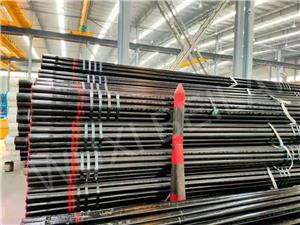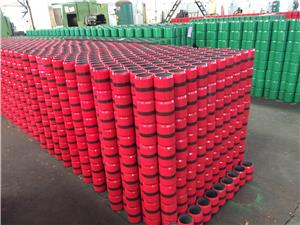How Fire Tube Boiler Tubes Work?
The tube is the core component in the fire tube boiler, which plays a key role in transferring heat energy to the water supply and generating steam. Its working principle is based on heat conduction and water circulation, through a complex process to convert the heat generated by combustion into steam energy that can be used in a variety of applications.
1. Combustion and heat generation:
The work of a boiler tube begins in the combustion chamber, where the fuel is ignited, producing a stream of hot air and smoke at high temperatures. These combustion products are produced in the combustion chamber and subsequently flow into the fire tube.
2. Heat conduction:
The high temperature hot gas generated by combustion passes through the fire tube to transfer heat energy. The fire tube is usually curved so that the hot air flow must pass over the surface of the fire tube, thereby transferring heat energy to the water around the tube.
3. Pipeline structure and heat conduction:
A boiler tube usually consists of a number of parallel fire tubes. The structure and materials of these fire tubes are capable of conducting heat efficiently. As the thermals pass through each fire tube, heat energy is transferred from the thermals to the water on the surface of the fire tube.
4. Water circulation and natural convection:
Water flows from the boiler's water tank into the fire tube, where it is heated by thermal energy and thus converted into steam. As the water heats up, the water in the fire tube becomes thinner and less dense, resulting in natural convection. Hot water rises, cold water sinks, and water circulates.
5. Steam generation and output:
By heat conduction, the water in the fire tube is gradually transformed into steam. The generated steam enters the boiler's steam chamber through the fire tube and is then discharged from the boiler's steam outlet, which is used to supply various industrial production, electric power generation, and heating needs.
6. Steam utilization and condensation:
Steam is used to achieve different applications such as power generation, heating and industrial production. After the energy is extracted, the temperature and energy of the steam gradually decrease, and eventually the steam condenses into water.
7. Condensation and recycling:
The condensed water is reintroduced into the fire tube to begin a new cycle of heating. This water circulation and regeneration allows the heat transfer and water circulation of the fire tube boiler tube to maintain continuous operation.




